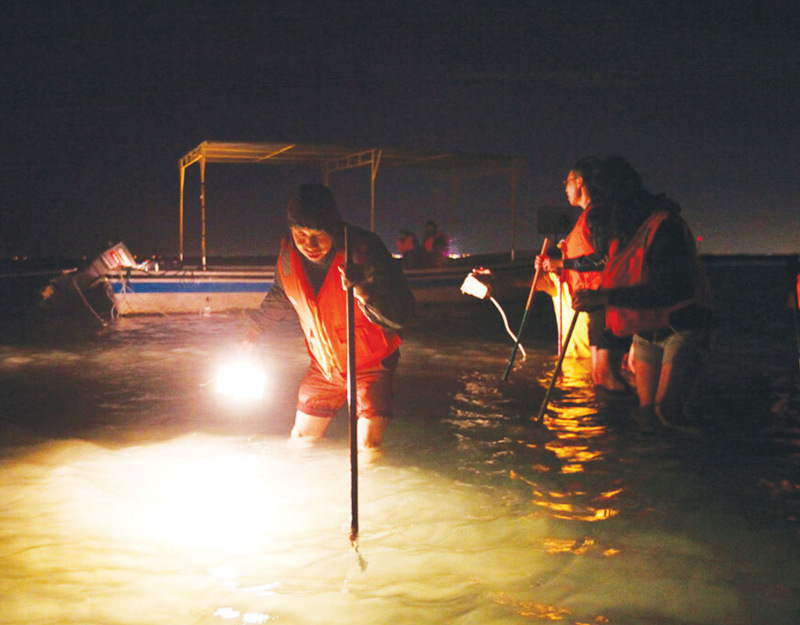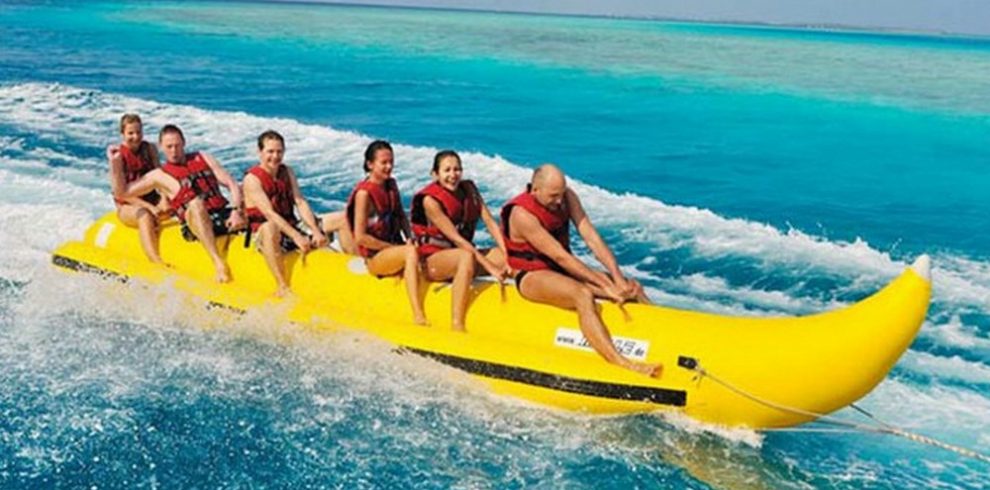Trip Info
Overview
Crab hunting is an engaging outdoor activity that takes you to coastal areas and tidal zones where crabs thrive. Armed with a flashlight, a bucket, and a sense of adventure, you’ll embark on a quest to search for and catch crabs under the moonlit sky.
Equipment and Preparation:
To enjoy a successful crab hunting experience, it’s essential to come prepared. Here are some items you may need:
Flashlight: A powerful flashlight is crucial to spot crabs hiding in the darkness.
Bucket or container: Use a sturdy bucket or container to collect the crabs you catch.
Gloves: It’s recommended to wear gloves to protect your hands from any pinches or sharp edges.
Appropriate footwear: Wear closed-toe shoes or boots suitable for wading through wet or muddy areas.
Knowledge of the tides: Plan your crab hunting adventure during low tide when crabs are more likely to be exposed.
Crab Species and Behavior:
There are various species of crabs you may encounter during your hunt, such as blue crabs, fiddler crabs, ghost crabs, or red crabs. Each species has its unique characteristics and behaviors. Learning about their habits, preferred habitats, and feeding patterns can increase your chances of a successful catch.
Hunting Techniques:
While crab hunting can be a fun and recreational activity, it’s important to follow ethical practices and respect the environment. Here are some techniques commonly used during crab hunting:
Shine the flashlight: Use your flashlight to scan the shoreline, tidal pools, or sandy areas where crabs are likely to be hiding.
Move slowly and quietly: Crabs have a keen sense of vibration and can be easily startled. Move cautiously and avoid excessive noise to avoid scaring them away.
Use a net or scoop: Once you spot a crab, carefully approach it and use a net or scoop to catch it. Be mindful of the crab’s size and any local regulations regarding minimum size requirements or protected species.
Handle with care: Crabs have pincers that can deliver a pinch, so handle them gently and avoid placing your fingers near their claws.
Safety and Environmental Considerations:
When participating in crab hunting, it’s crucial to prioritize safety and environmental awareness:
Stay aware of your surroundings and be cautious when navigating coastal areas, especially in the dark.
Respect local regulations and guidelines regarding crab hunting, including any restrictions on catch limits or protected species.
Minimize your impact on the environment by leaving no trace behind. Avoid disturbing other wildlife or damaging their habitats.
Be mindful of tides and any potential hazards such as slippery rocks or deep tidal pools.
Culinary Delights:
After a successful crab hunting adventure, you may choose to cook and savor your catch. There are various delicious recipes for preparing crabs, including crab cakes, crab soup, or simply steaming or boiling them for a delightful seafood feast.
Crab hunting offers an exciting opportunity to connect with nature, learn about marine life, and enjoy an adventurous night out. Remember to research local regulations, follow ethical practices, and prioritize safety while having an unforgettable experience in the world of crabs.
Highlights
- Low Cost
- Fun and Adventure
- Family friendly







Write a Review